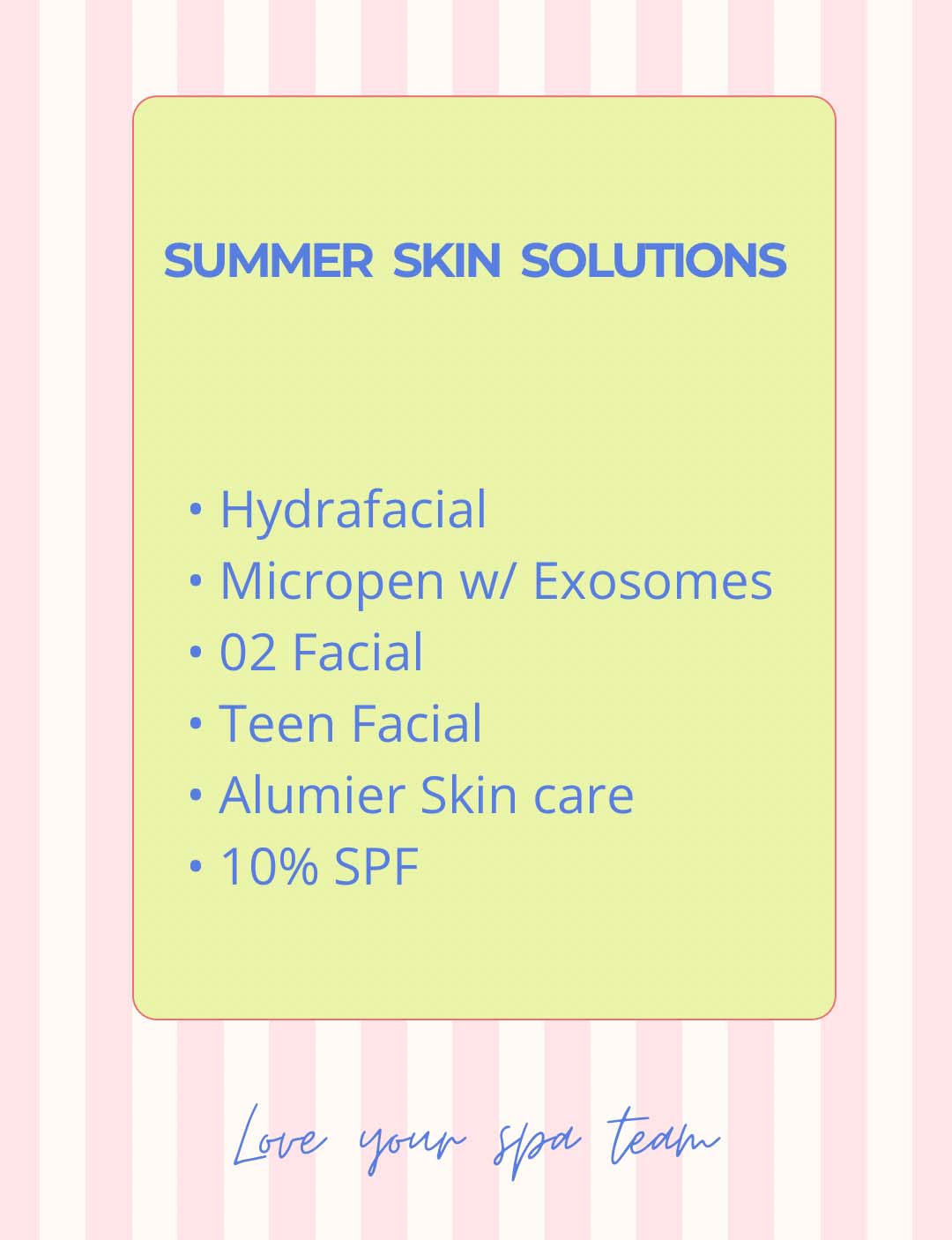HORMONE PELLET THERAPY
Procedures
Hormone Pellet Therapy in Shreveport
New medical studies support hormone therapy implants as effective at treating symptoms for both men and women. These hormone therapy implants, when placed under the skin, will slowly release a controlled dose of hormones which provides hormone therapy without the same adverse side effects as with injections or other methods.
Men and women both need to maintain adequate levels of testosterone for mental and physical health and to prevent chronic illnesses like Alzheimer’s and Parkinson’s disease, which have been associated with lowered testosterone levels. Patients who have failed other forms of hormone therapy have been known to show a much higher success rate with pellets. There’s no hormone delivery method that’s as convenient for the patient as the pellets are, and these implants have been used in men and women since the 1930’s. There are significant data at this time to support using testosterone implants for both men and women.
If you would like more information about the hormone therapy services that we offer, please contact The Plastic Surgery Center.
Hormone Therapy for Men
Testosterone levels start declining in men typically in the early 30’s. Most men will maintain normal levels of testosterone well into the mid 40’s, or as long as the late 60’s. Men should get tested after they start showing signs of testosterone deficiency. Even some men in their 30’s could begin to show signs of testosterone deficiency, including bone loss, depression, erectile dysfunction, fatigue, insomnia or cognitive decline. As men grow in age, and testosterone levels decline, estrogen levels may also increase and produce more related issues.
Hormone Therapy for Women
Studies have shown that symptoms like hot flashes can be relieved using progressive testosterone therapy alone. Even when you compare testosterone & estrogen or estrogen therapy alone, menopausal symptoms are relieved the most by increasing testosterone alone! In addition, testosterone therapy doesn’t have the same undesirable side effects that estrogen therapy often produces.
More than half of all women treated using estrogen therapy (especially with pellet implants) will later experience uterine bleeding. Estrogen also stimulates the breast tissue can cause breast pain and cysts. Higher levels of estrogen during the second half of the menstrual cycle are only needed for pregnancy conditions. Most women report feeling much better when they have lower and regulated levels of estrogen.
Testosterone, when delivered as a pellet implant, has been proven to reduce breast proliferation while lowering the risk of breast cancer, even with patients undergoing conventional hormone replacement therapy. Clinical studies show that testosterone balances estrogen and is breast protective. In the past, testosterone implants have been used to treat patients with advanced to late stages of breast cancer.
A few women (and men) ‘aromatize’ or convert too much testosterone to estradiol, which will interfere with any beneficial effects of testosterone. An ‘anastrozole’ might be recommended to prevent this effect. Breast cancer survivors, as well as men with higher estrogen production, might be treated effectively by using both testosterone and anastrozole pellets for hormone therapy. Higher levels of estrogen may induce anxiety, weight gain, tender breasts, emotional instability, PMS symptoms, and/or mood swings. Long-term exposure to strong estrogens like could increase the patient’s risk of breast cancer, among other illnesses.
Hormone Therapy Pellets
Pellets, or implants, are made up of hormones (usually testosterone) that are pressed into tiny beads. These hormone therapy pellets are about the size of a grain of rice and are produced by specialized compounding pharmacists. The pellet method delivers a consistent, healthy level of hormone therapy for between 3 and 4 months for women or 4 to 5 months for men.
Choosing pellets for hormone therapy can help to avoid unstable fluctuations of hormones commonly associated with other methods of treatment. Pellets also decrease the risk of blood clots, relieve menopausal symptoms, maintain bone density, restore sleep patterns, and improve sex drive when compared with traditional hormone replacement therapies. Hormone deficiency is also a leading cause of hair loss, so treatment with testosterone implants can help with hair regrowth, becoming thicker and less dry using pellet therapy.
Inserting hormone therapy pellets is a simple, painless procedure that is performed under local anesthetic. These pellets are typically inserted in the “love handle” area or the upper buttocks via a small incision, which is sealed with skin tape. The experience of your healthcare professionals matter quite a bit, not only when it comes to inserting the pellets, but also when it comes to determining the correct dose of hormones to be applied.
Hormone Therapy Side Effects
Some complications are known to exist from inserting hormone therapy pellets, which include: minor bleeding or bruising, discoloration of the skin, infections, or possible extrusion of the pellet. Aside from the slight bruising, or the discoloration of the skin, other complications are fairly rare.
WOMEN
Testosterone treatment may induce an increase in facial hair for some women. This issue will likely resolve itself when the dosage is reduced. Women do NOT grow male sex organs, even with a very large dose of testosterone! Lowering of the voice will only occur at very high levels and will return to normal once the high levels decline.
MEN
Testosterone will stimulate and increase the production of bone marrow and red blood cells. Lower testosterone levels in men is a known cause of anemia. Testosterone, when delivered through implants or other methods, might cause an elevation in these red blood cells. If hemoglobin or blood count becomes too high, a unit of blood might be donated.
After Hormone Therapy Treatments
After inserting the implants, physical activity should be avoided for 48 hours for women and as much as 5 to 7 days for men. Performing physical activity too early is a cause of pellet extrusion, and the surgery will need to be performed again. Antibiotics might also be prescribed if the patient is a diabetic or recently had a joint replaced.
A patient may rarely develop a zone of redness (between 3 and 8 cm) with itching near the location of the testosterone pellet. There should be minimal or no tenderness, and no other sign of infection present. Generally, this issue may be caused by a slight reaction to the skin adhesive applied before the skin tape, or from the adhesive itself.
Contact The Plastic Surgery Center
In conclusion, testosterone therapy by implantation of pellets is a safe and effective method of hormone therapy for both men and women. Continuous hormone therapy using pellets is convenient and cost-effective for most patients when compared with other options. Pellet implantation has consistently proven more effective than oral, intramuscular, and topical hormone therapy with regard to bone density, sexual function, mood and cognitive function, urinary and vaginal complaints, breast health, lipid profiles, hormone ratios, and metabolites.
Please contact our hormone therapy professionals with any questions that you may have, or to schedule an initial consultation to see if hormone therapy is right for you.

